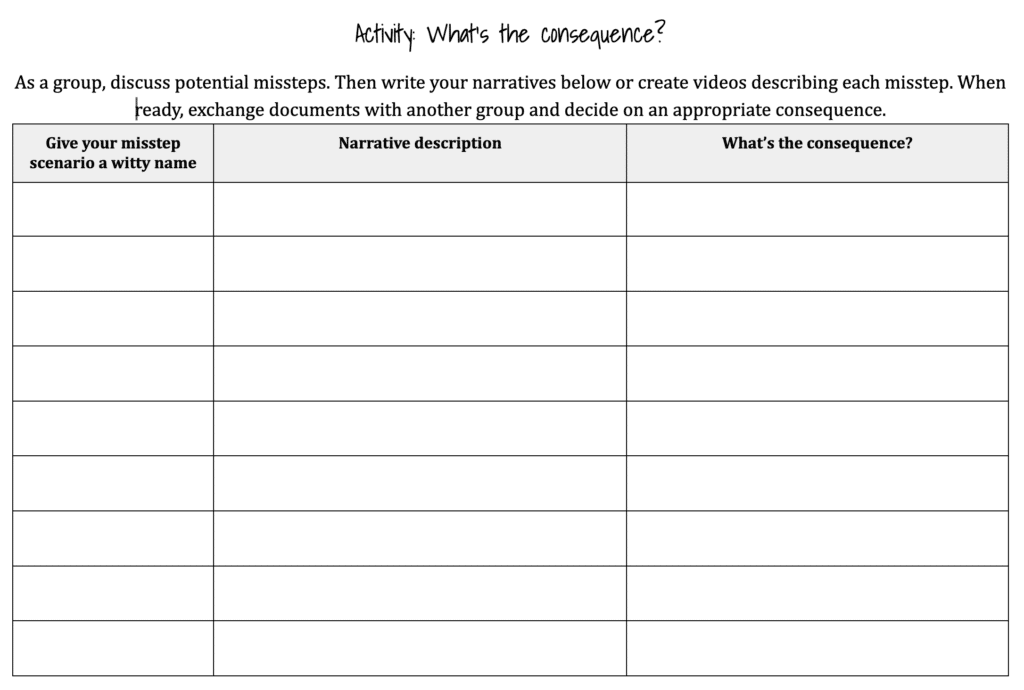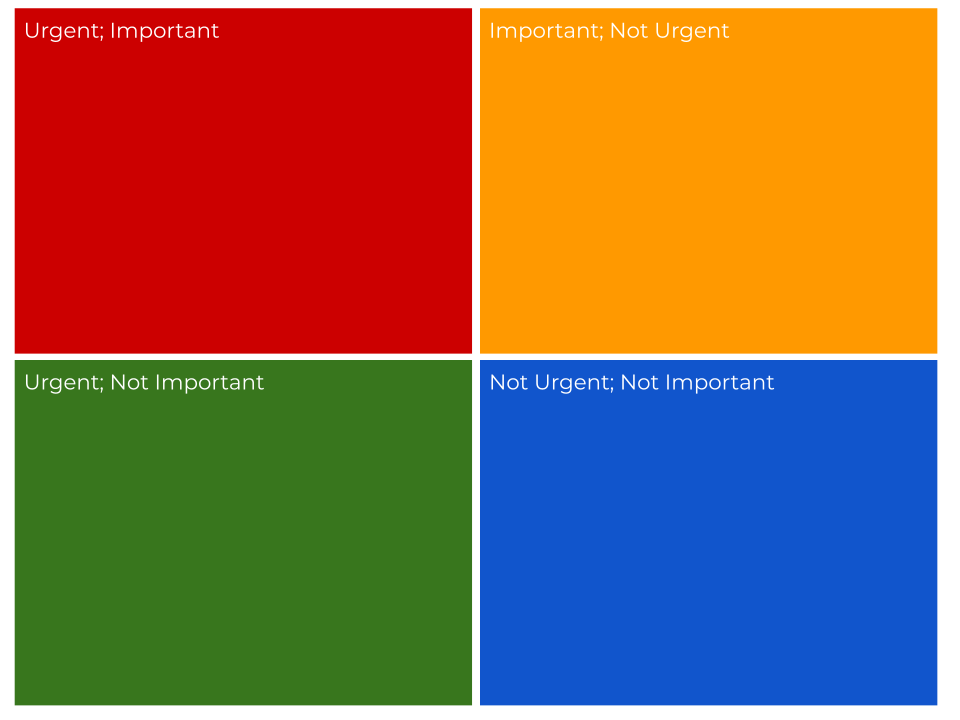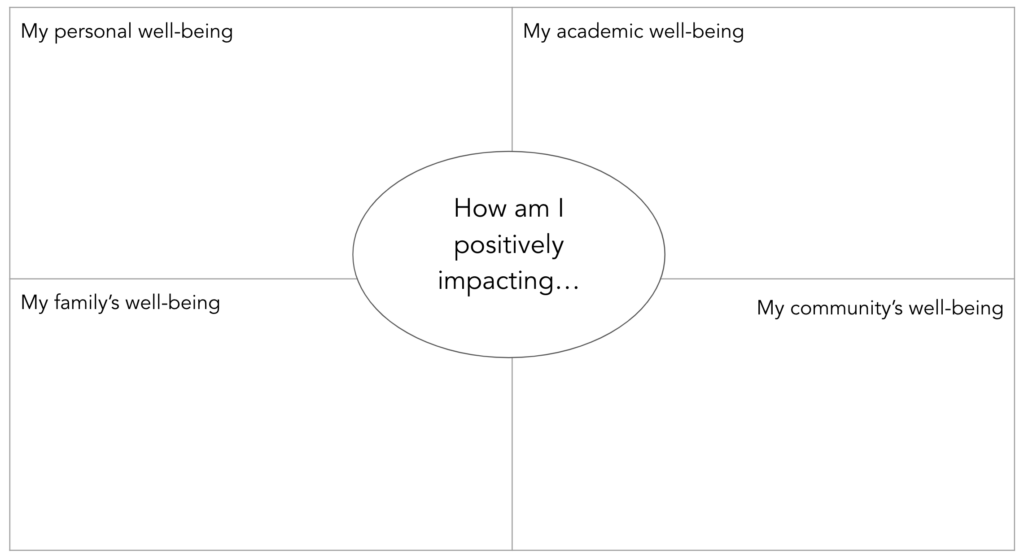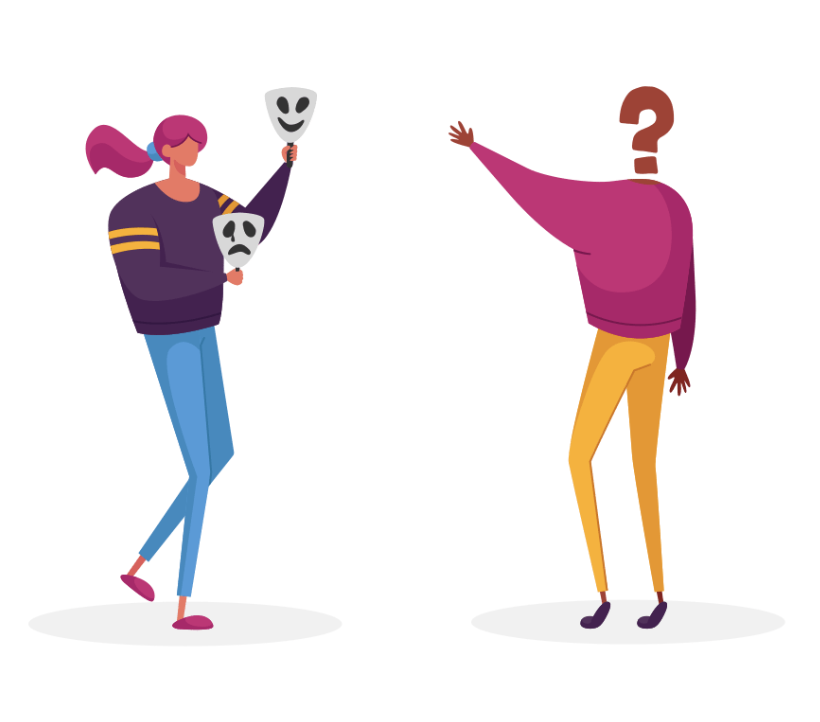In my last two posts on self-awareness and self-management, I explored strategies for helping students identify, understand, and regulate their emotions, thoughts, and behaviors. The next social-emotional skill is responsible decision-making. This competency requires students to take their heightened self-awareness and ability to manage themselves and make responsible choices about how they respond to different situations and interact with others.
What is responsible decision-making?
Responsible decision-making is the ability to assess a situation, understand the benefits and consequences of different responses, consider what is ethical and safe, and make kind and productive choices. Responsible decision-making includes the ability to:
- Be open-minded.
- Exhibit curiosity about situations and people.
- Analyze a situation and the information available before making a judgment or decision.
- Think about and evaluate the consequences of a particular choice or decision.
- Consider how their actions will impact other people and/or their community.
- Reflect on how their actions, behaviors, and decisions affect their well-being and the well-being of others (e.g., family, peers, school, community) (CASEL).
To help cultivate responsible decision-making in classrooms, educators should consider the following questions:
- How can I help students evaluate situations to identify the potential benefits and consequences of different decisions?
- How can I support students in cultivating an open mind and curiosity when faced with unfamiliar situations?
- What strategies might help students develop their critical thinking and problem-solving skills?
- How can a regular practice of reflection help students understand the impact of their actions and choices on themselves, the people around them, and their communities?
Benefits of Developing Responsible Decision-Making
Research suggests that when students are better able to make thoughtful and constructive decisions, this skill positively impacts:
- A student’s academic success.
- The quality of a person’s relationships with others.
- A person’s ability to empathize.
- A person’s willingness to share with others.
- Classroom management, promoting positive behaviors and reducing unproductive behaviors.
- Mental health and rates of anxiety (Durlak, Weissberg, Dymnicki, Taylor & Schellinger, 2011; Jones, Greenberg, & Crowley, 2015; Zins & Elias, 2006).
So, how do we help students make responsible decisions?
5 Strategies Designed to Help Students Make Responsible Decisions
Strategy #1: Co-construct Classroom Agreements
Instead of handing students a syllabus with a set of class rules, engage your students in the process of co-constructing classroom agreements about behaviors. Students have valuable prior knowledge on this topic they can draw from. They know what makes them feel safe and supported in learning environments. They also understand what makes them feel unsafe or uncomfortable taking academic risks in a classroom. Teachers should encourage students to draw on their prior experiences in school to compile a list of behaviors and norms they believe will establish and maintain a high-functioning learning community.
| Reflect on Past Experiences | Ask students to think about a time when they felt safe sharing their ideas, taking risks, and engaging with classmates. What about that class or learning environment made them feel comfortable? When have they felt uncomfortable sharing their thoughts, taking risks, or engaging with peers? What caused them to feel unsafe? |
| Collaborate with Peers to Identify Key Norms | Encourage collaborative groups to discuss their prior experiences in school and identify three norms they feel are critical to establishing and maintaining a safe, supportive, and productive learning community. |
| Share Out and Create a Class Set of Agreements | Ask one person in each group to share their group’s norms and explain why these norms should be added to a class set of agreements. Once each group has shared their norms, give students time to review them (e.g., silent gallery walk) and add dots to the five norms they think are most important. Add the 5-10 norms with the most dots to the class set of agreements. |
When the class has defined a set of class agreements, document those expectations for behavior and post them, so they are easy to reference.
This process gives students ownership over the creation of class agreements. They are more likely to comply with and respect expectations for behavior if they have played a role in creating them. A list of co-created class agreements is also more likely to reflect what they care about regarding their interactions with each other.
Strategy #2: Collaborate to Create a Clear Path of Consequences
When consequences are unclear, it can create unnecessary power struggles in the classroom. If students are to accurately assess the potential consequences of their actions or choices before making a decision, the path of consequences needs to be clear.
You can articulate a clear path of consequences for missteps in the classroom and online for your students or engage the class community in this process. If you identify a path of consequences for students, make sure to review those with your class and post those consequences somewhere that students and families can see them. Again, the goal is clarity. We want students to know what will happen if they violate an expectation for behavior in your class.
| 1st misstep: Verbal redirect |
| 2nd misstep: Move student to an alternative seating area (e.g., floater desk apart from collaboration) |
| 3rd misstep: Move the student and ask them to complete a safe space reflection; follow up with a conversation about the behavior |
| 4th misstep: Move the student, ask them to fill out a safe space reflection, discuss the behavior with them, and communicate with the family about the student’s behavior in the class |
It is helpful to engage the class in exercises that encourage them to think about potential missteps in class or online and work to define a reasonable consequence for that action. This exercise encourages students to think critically about unproductive or unkind behaviors, their impact on others, and appropriate consequences for those behaviors.
Strategy #3: Use the Urgent vs. Important Matrix to Guide Decision Making
Learning to decipher between what is important and what is urgent is a critical skill for students when deciding how to use their time and focus their energy.
Important tasks are those that help students make progress toward personal and academic goals they value. By contrast, urgent tasks are those that demand immediate attention or action. Some important tasks are urgent, while others are not. Too often, people focus on urgent tasks instead of important tasks because the consequence of not completing an urgent task is immediate. The urgency of an assignment or task may make it feel important when it actually is not.
You can help students to begin to assess the tasks on their proverbial plates and think critically about which category of the “important versus urgent matrix” they fall into. This can help students prioritize tasks and make responsible decisions about how they use their time.
A routine of categorizing tasks using the matrix above encourages students to assess various tasks to determine which items on their to-do lists will help them make progress toward goals they value.
Strategy #4: Frayer-style Well-being Analysis
Students may not consider the impact of their choices on themselves or the people around them. Yet, the CASEL Framework points out that students should reflect on their role in promoting personal, family, and community well-being.
You can use a Frayer-style reflection to get students thinking about how they are positively impacting their personal and academic well-being as well as the well-being of their families and communities. This exercise encourages them to think about their actions and decisions and how they influence important aspects of their lives.
Alternatively, you can have students engage in a conversation with a peer, reflect in writing, or record a video explanation to explore the impact of their choices and actions on others.
Strategy #5: Role Playing Exercises
Role-playing exercises position the students as active agents in the learning process and provide them with the opportunity to be creative. Role-playing can be leveraged to encourage students to evaluate situations and scenarios to consider how they might respond. It provides them with a safe space to practice weighing the benefits and consequences of different decisions.
As with most things in a classroom, I’d prefer to see students play an active role in generating the scenarios, performing the scenes, and engaging in discussion with peers about the best ways to respond in a particular situation.
| Step 1: Group students and have each group write a scenario they can imagine a student their age facing in school (or their lives beyond school) that would challenge them to make a tough decision. |
| Step 2: Ask groups to exchange scenarios and practice performing a short skit or scene acting the scenario out. |
| Step 3: When each group performs their skit or scene, encourage them to pause or freeze at the moment when a big decision needs to be made. Encourage each group to huddle up and decide how they would respond and why they think that response would be the best course of action given the situation. |
| Step 4: Allow each group to share their thoughts about how the person faced with the decision should respond. Facilitate a discussion among the groups about the potential benefits and consequences of each response. |
| Step 5: Encourage students to spend a few minutes reflecting on the exercise and what they learned. |
These routines and strategies do not require significant time, but they help students learn how to assess a situation, consider other people’s points of view, demonstrate empathy, and weigh the benefits and drawbacks of different choices to make responsible decisions. The ability to make kind and constructive choices can positively impact their academic success and the overall functioning of the learning community.
My next blog post will focus on the competency of relationship skills!








No responses yet